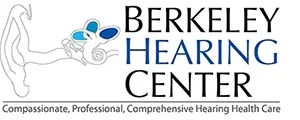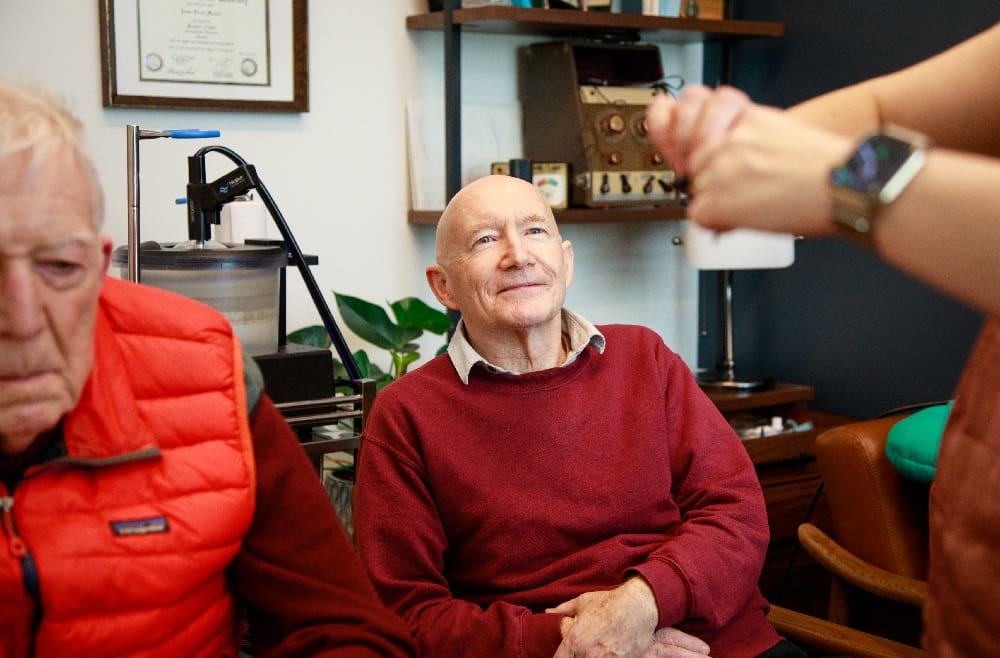2023-02-01
Jonathan Lipschutz Audiologist, M.S., F-AAA, Co-Owner
Last month I wrote about why (sometimes) hearing aids on their own can’t provide enough benefit. For the second part of this piece, I want to provide information about several devices and/or systems that, when combined with hearing aids, can significantly improve intelligibility or understanding for challenging listening situations.
Assistive Listening Technology is effectively broken down into two categories–Assistive Listening Devices (ALDs) and Assistive Listening Systems (ALSs). ALSs are designed to help people with hearing loss access sound being transmitted through a public address (PA) or sound system. ALDs are designed to improve access to sound in situations where a PA/sound system isn’t being utilized. The key to the benefit of all these devices/systems is that they deliver the speaker’s voice directly into the user’s hearing aid circuit, like they were talking right into their ears!
The most common ALS is the ‘hearing loop’. This technology has been around for decades. Though ubiquitous in Europe, where a consensus was made to adopt hearing loops as the ALS of choice, here in America (being the ‘mavericks’ that we are) they are not as common. A hearing loop converts sound from a PA/sound system into magnetic waves. These magnetic waves emanate from a copper coil ‘looped’ around an area. Once inside the ‘loop’, a piece of hardware in many hearing aids (or ALD; more on that later) called a telecoil decodes the original sound directly into the hearing aid circuit. The advantage of a (properly installed) hearing loop is that any number of hearing aid users with telecoils can ‘connect’ simultaneously. Unfortunately, hearing loops are not cheap to install or too often installed incorrectly leading to inconsistent results for users. In addition, some hearing aid manufacturers have stopped putting telecoils directly into their hearing aids, opting to have them in their (accessory) ALDs.
Look for this symbol, which signifies that a hearing loop has been installed.
A common and well utilized ALD, that’s also been around for decades, is the FM system. These are frequently used in schools, allowing the teacher’s voice to be ‘broadcast’ using an FM (radio) signal directly to any/all student’s hearing aids in the classroom that have the appropriate FM receiver attached.
On an individual user level, the ALDs audiologists recommend are known as ‘remote microphones’. These ALDs wirelessly couple to hearing aids via Bluetooth or radio signal. As noted above, several manufacturers have (relegated) their telecoil functionality in their remote microphones. Each manufacturer makes a proprietary version that works best when worn by one person. They can do a tremendous job improving understanding, even in very challenging environments. Some of the devices can also be placed on a table, though the benefit is greatly reduced in this configuration. Naturally, the biggest limitation of these devices is that only one individual can use it at a time, which is not really useful in group settings. However, most are relatively inexpensive
One major manufacturer, Phonak, has several ALDs designed to be used for group situations. Their biggest ‘limitation’ is significant cost (several $k on top of the cost of the hearing aids themselves).
All of these devices/systems have their relative strengths and weaknesses. But as I said last month, it is better to have options when hearing aids alone aren’t enough.
Please continue to love our community by getting vaccinated/boosted & masking where and when appropriate AND supporting our local businesses.
https://berkeleyhearing.com/wp-content/uploads/2024/11/Explore-how-assistive-listening-technology-can-complement-hearing-aids-to-improve-clarity-and-intelligibility-in-tough-listening-environments.jpg
Jonathan Lipschutz Audiologist, M.S., F-AAA, Co-Owner






